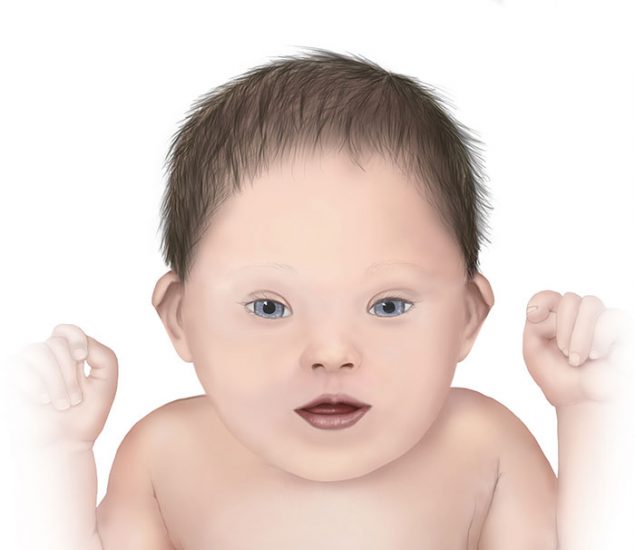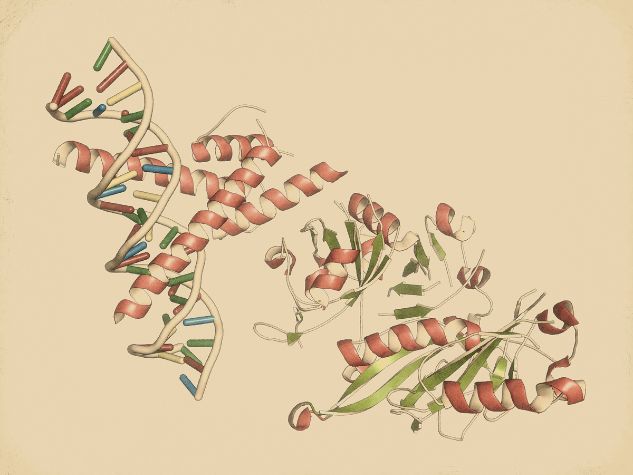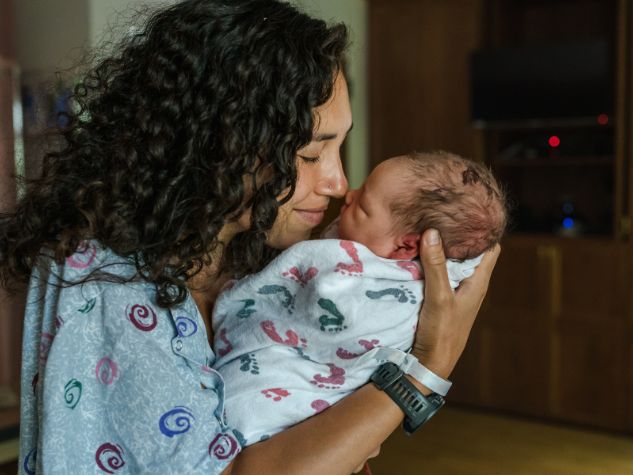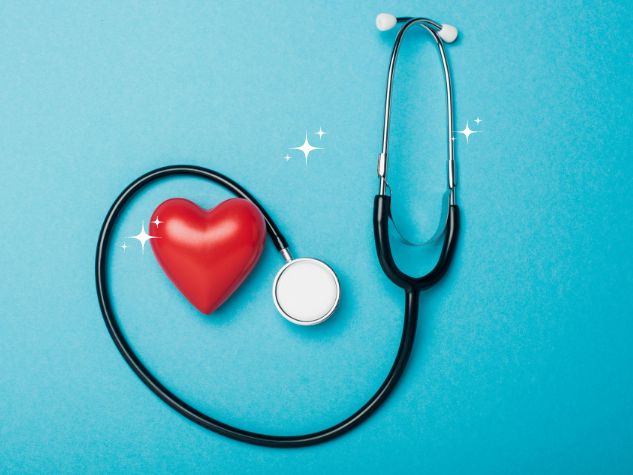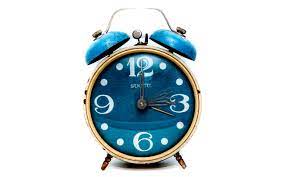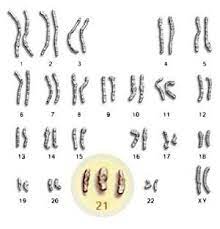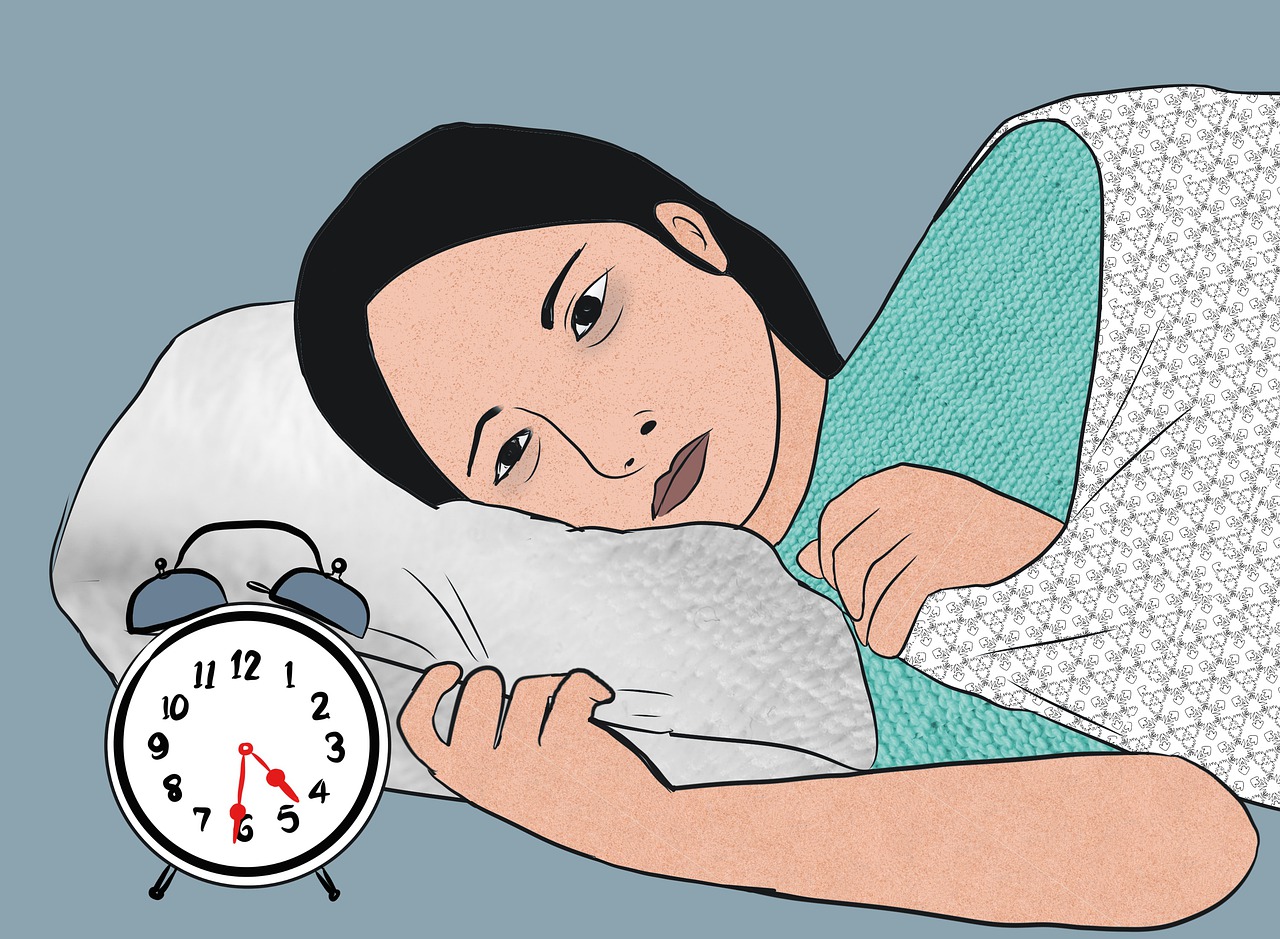People with Down Syndrome are at a higher risk of developing vision problems compared to the general population. Some of the most common vision problems in people with Down Syndrome include:
- Strabismus: Strabismus is a condition in which the eyes are not properly aligned and point in different directions. It can manifest as an inward deviation of the eye (esotropia) or an outward deviation (exotropia). Strabismus can affect binocular vision and depth perception.
- Myopia: Myopia, or nearsightedness, is when a person has difficulty seeing distant objects clearly. Individuals with Down Syndrome may be more prone to developing myopia and may require the use of glasses or contact lenses to correct their vision.
- Hyperopia: Hyperopia, or farsightedness, is when a person has difficulty focusing on near objects. It can cause eye strain, headaches, and difficulties with reading. Individuals with Down Syndrome may present hyperopia to varying degrees and may require optical correction.
- Amblyopia: Also known as “lazy eye,” amblyopia is a decreased visual acuity in one or both eyes due to abnormal visual development in childhood. Early treatment and proper optical correction are crucial to prevent or minimize amblyopia.
- Cataracts: Cataracts, opacity of the eye’s lens, may occur more frequently and at an earlier age in people with Down Syndrome. They can affect vision and, in some cases, may require surgery for correction.
It is important for individuals with Down Syndrome to receive regular ophthalmic evaluations to detect and treat any vision problems. Visual examinations may include tests for visual acuity, assessment of eye alignment, refraction, and overall ocular health evaluation. If visual problems are detected, glasses, contact lenses, vision therapy, or surgical interventions may be recommended as needed.
